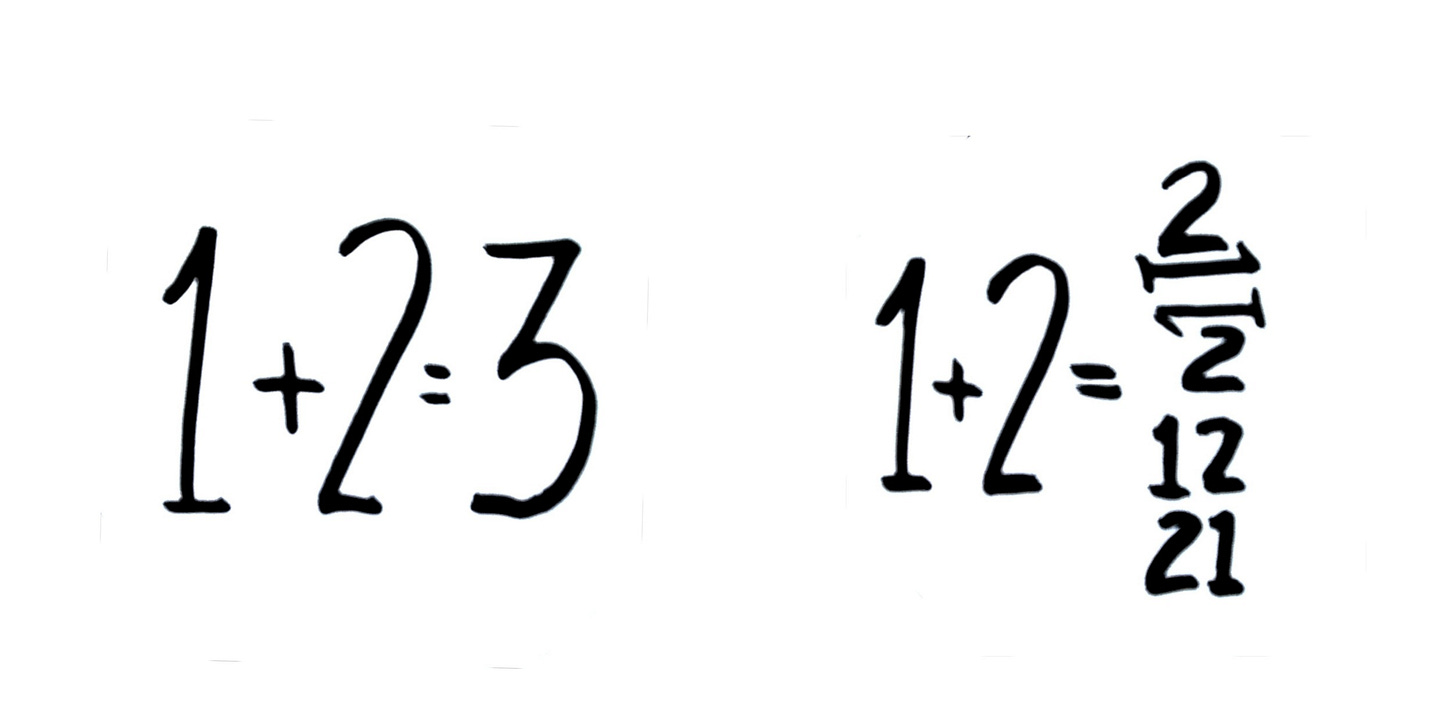Left & Right Brain - Knowing When To Call in the Other Half
A Summary
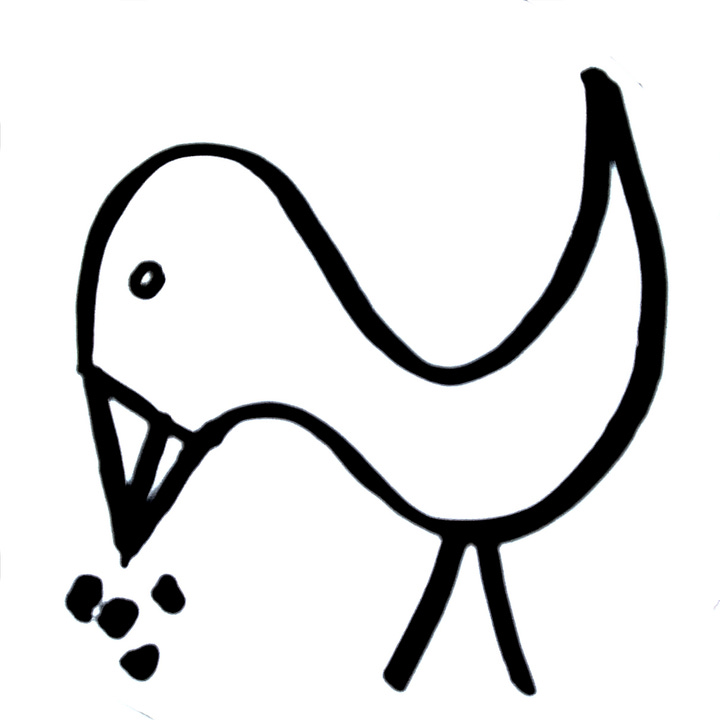

Though both brain hemispheres are continuously working together in complex ways, there are attributes which are more strongly associated with each side. We use our left brain when we reach out to grasp a berry. We use our right brain when we scan our environment, notice the berries over here, the nuts over there, and the danger in the distance that could be ready to ruin our day.
This matters because many of us can get stuck grasping for berries (addictions, obsessions, details, etc). We can forget to look up. Many of us can get stuck in the big picture - all the possibility and potential threats - and not tend to the details required to get the berries on the table.
The reason I love the left brain - right brain model, is that it can help us better recognize when we need to call in the other half of our brain. Just like a muscle, if we aren’t using a large group of neurons, they’re not going to be there when we need them. And just like a muscle, we can strengthen what we’ve been neglecting. Knowing the traits of the left and right brain can help us know where those weaknesses lie. Each week, I try to alternate between what I consider right and left brain topics (for my brain and yours), but today I thought it would be good to give a refresher / introduction on this topic.
Much of what I am drawing from and expounding upon, come from a great book about the right and left hemispheres, titled - “The Master and His Emissary - The Divided Brain and the Making of the Western World” by Iain McGilchrist, MD, a Scottish Psychiatrist.
Left Brain Personified
To oversimplify Dr. McGilchrist's work - If the left brain was a person, it would have the following traits and perspective:
Left Brain Attention:
Has narrowly focused attention as opposed to a broader and more flexible mode of attention
Is detail oriented
Prefers what they know and prioritizes what they expect (as opposed to having an openness for whatever exists out there)
Prefers single solutions that fit with what they already know (as opposed to having flexibility of thought and an array of possible solutions)
Has difficulties disengaging (consider addictions, including to the internet)
Sees parts (as opposed to as a whole)
Takes things more literally (as opposed to seeing things in context)
Doesn’t grasp humor or metaphor (as opposed to appreciating these)
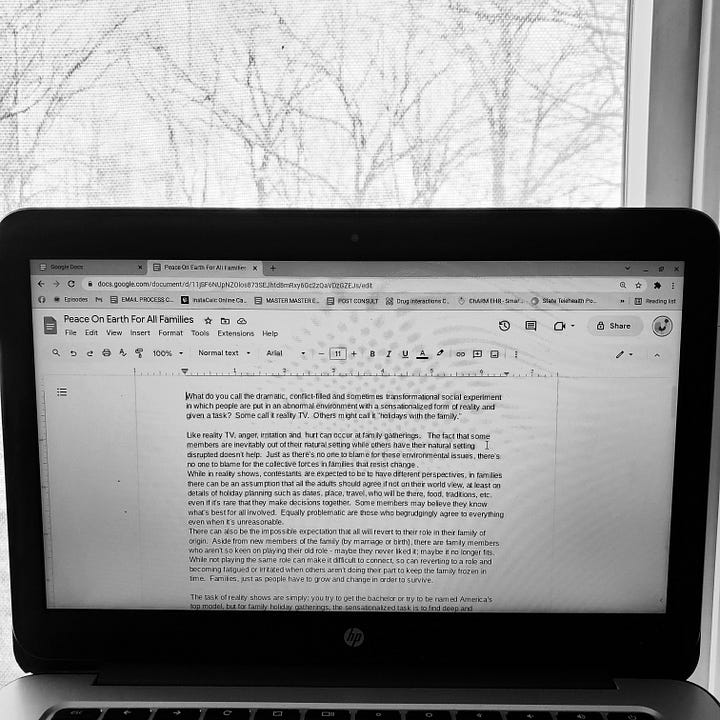
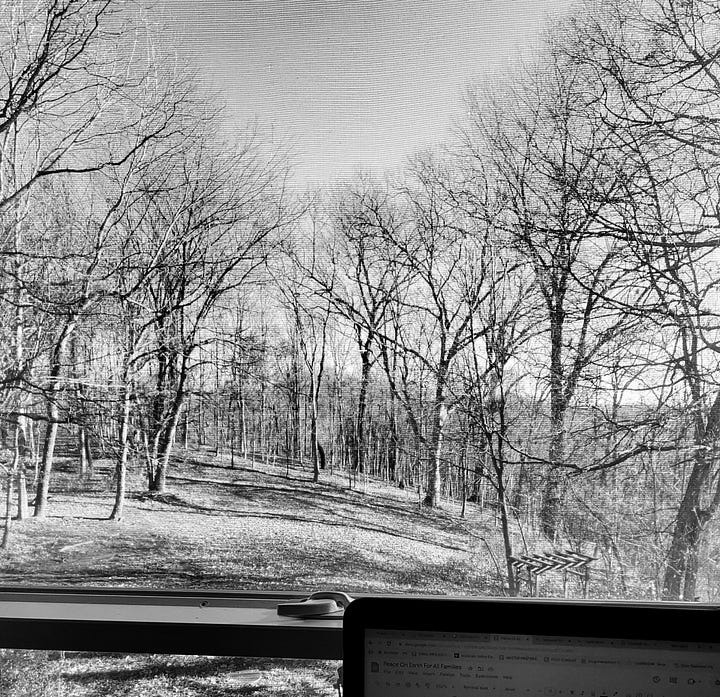
Left Brain Relationship to Body & Emotions
Sees the body as a sum of parts; not having a whole body image
Has an excessive appetite for sex or food (out of keeping with the person’s nature)
Is angry or detached emotionally (as opposed to happy, sad or fearful)
If depressed, has an apathy as opposed to sadness
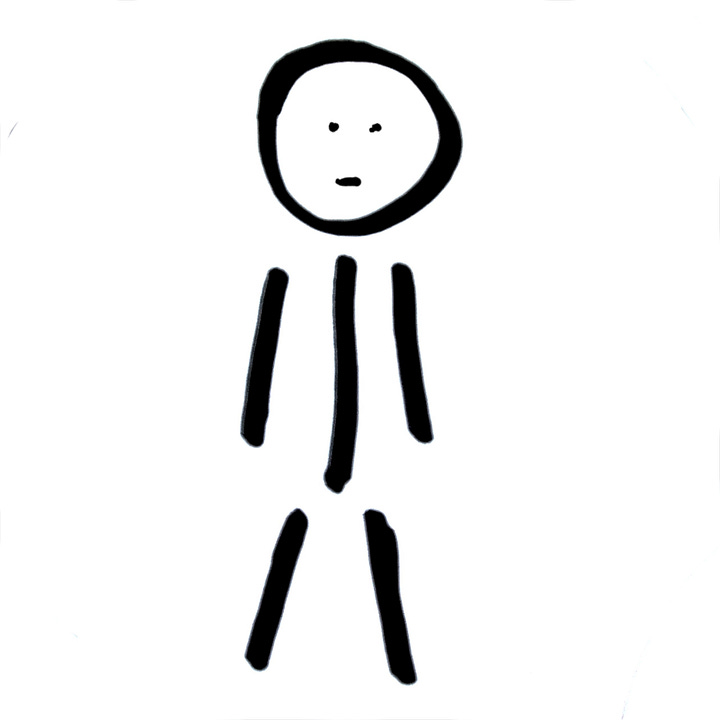
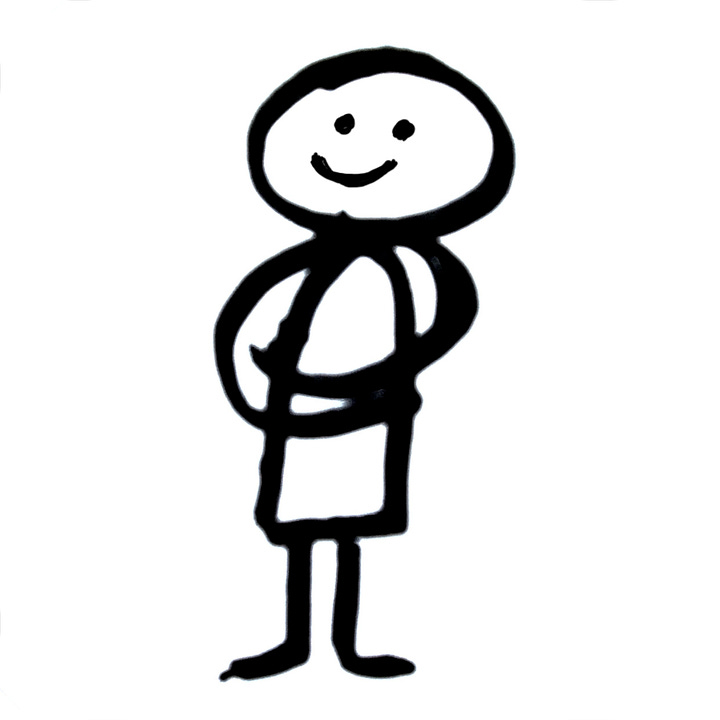
Left Brain Relationship to Others:
Is more concerned with categories and types as opposed to concern about uniqueness and individuality. (Think about stereotyping and extremes political views)
Has social interactions that reflect less regard for the feelings, wishes, needs and expectations of others
Is superficial in terms of their social engagement
Has at times unchecked meaningless excessive speech
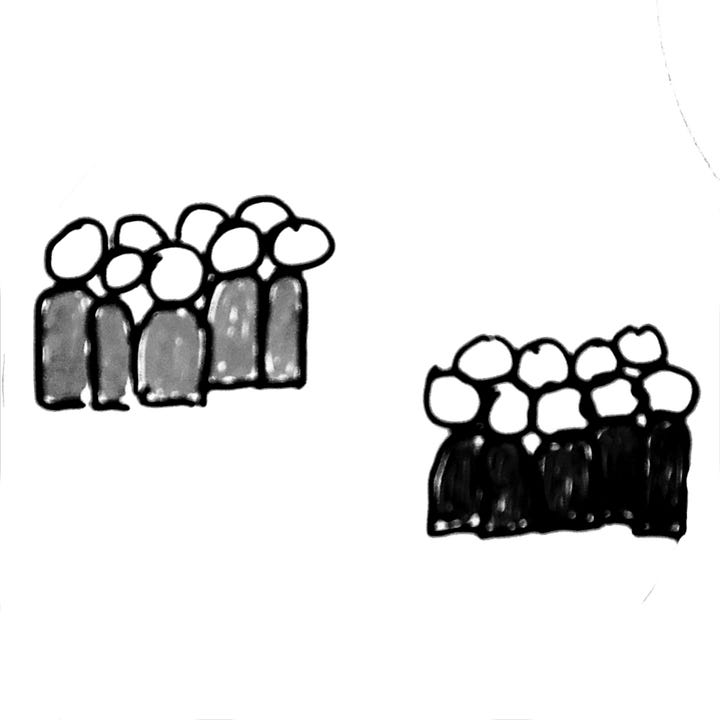
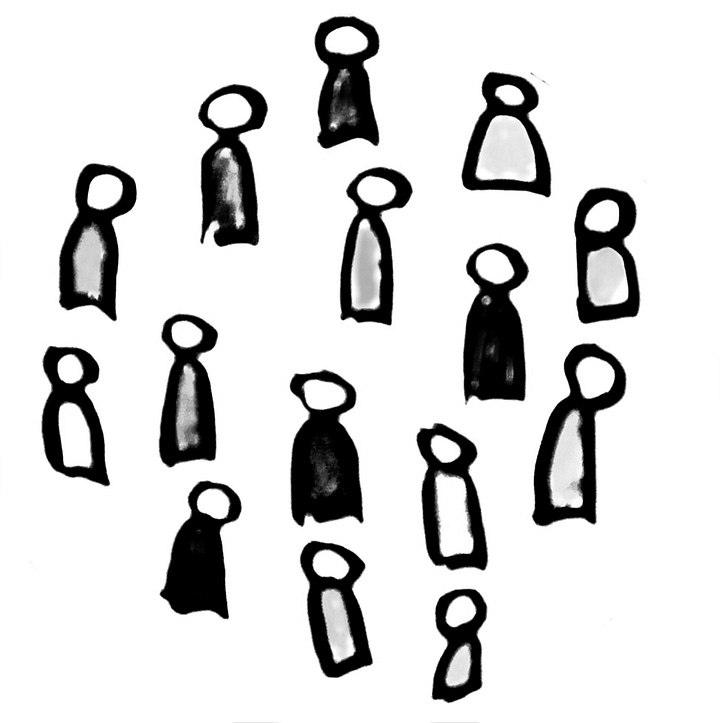
Left Brain Relationship to Objects:
Need to collect and an over-concern about getting and making
More concerned with man-made objects (than with living individuals)
Has an affinity for what is mechanical
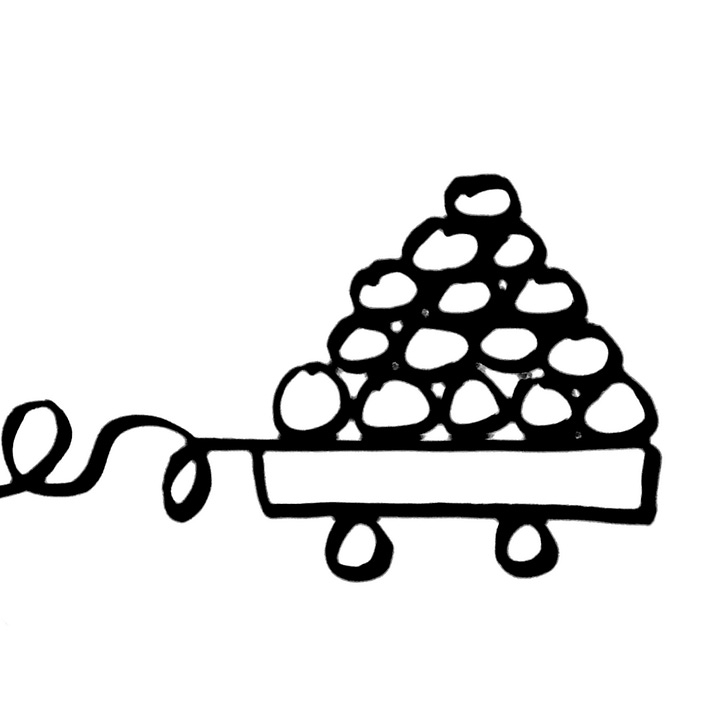
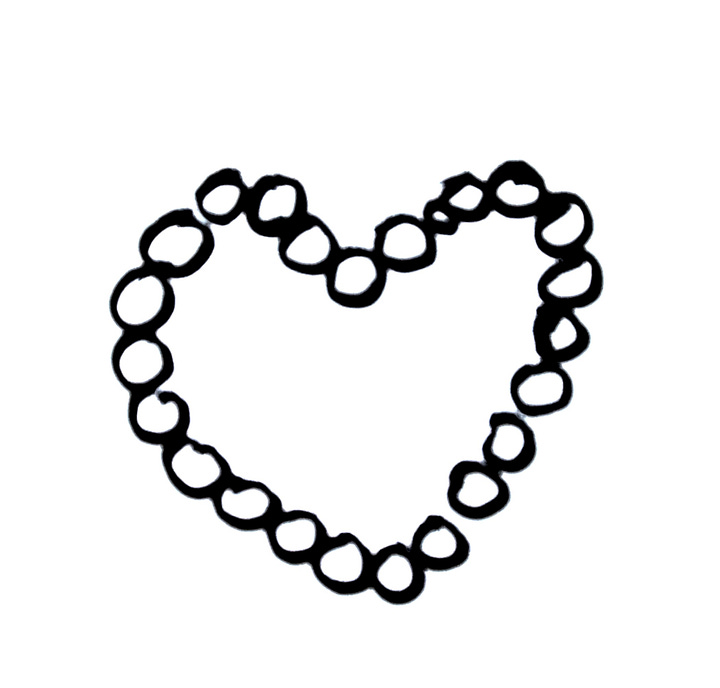
Left Brain Problem Solving
Prefers what it knows
Expects a single solution, as opposed to a range of possibilities.
Creativity not necessarily valued
Relationship to the Future:
Fears uncertainty and lack of control
Needs certainty
Need to be right/correct.
Is competitive
Has a more optimistic view of self and future (even if unwarranted)
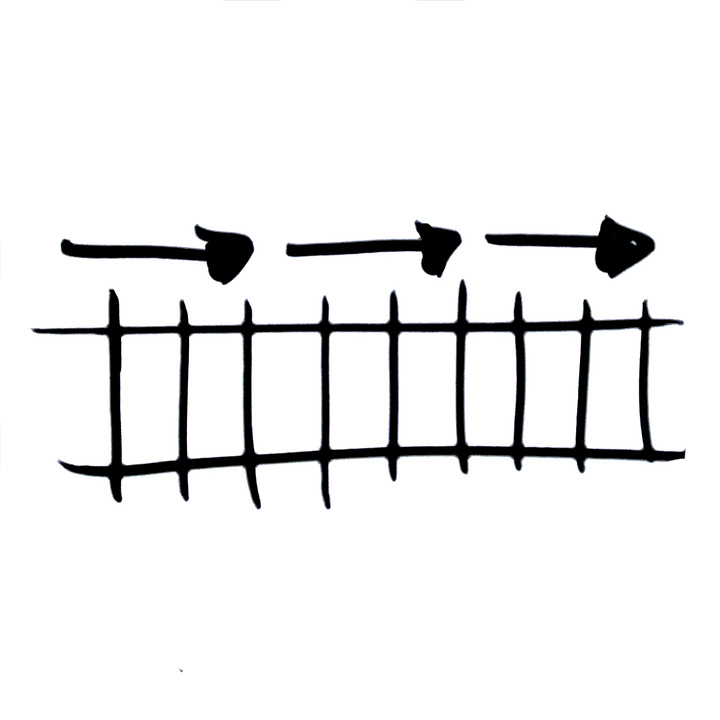

Left Brain Perspective
As you can see, the left brain sees the world quite differently than the right. The left brain would have its sights set on success, titles, money, objects or anything else that feeds the “I.” It will also have us obsessing over our health, and excessively surfing the internet for answers. Because the left brain doesn’t have the ability to see the “big picture,” it has a hard time pulling back far enough to see how it’s way of thinking may be getting in the way. As Dr. McGilchrist's book points out, our western culture increasingly has us believe the left brain is the master. It is not.
Right Brain Perspective
When we are viewing the world more from the right brain, we are in the moment, experiencing ourselves as part of something larger, feeling connected to humanity, seeing the bigger picture or our lives, and feeling in tune with our bodies (not hyper-focused on parts of our body or on our biochemistry). It is predominantly from the right brain that we create, laugh, cry and experience wonder, curiosity and awe.
A totally right brain existence can be problematic as well. We do need a degree of structure in our lives and to our emotional states to avoid becoming overwhelmed and lost. Still, for most of us, bringing more of a right brain perspective can bring an ease to life that the left brain never will.
It’s arguable if the soul resides anywhere within us, it would be in the right hemisphere; while the ego would be in the left. Just as the left brain isn’t bad, neither is the ego. It’s just not an effective place from which to make decisions.
When the Left Is In the Service of the Right
At our best/healthiest/highest selves, we make decisions from the intuitive right brain and then use the left brain to essentially get the details of the job done, before pulling back and appreciating whatever it was we did, created, shared, etc. If we are just honing in and never pulling back to see the big picture, we’ll miss a lot, not the least - our life.
Is Methylation At Play?
If you are familiar with methylation (a biochemical process), you’ll notice that undermethylation has many traits consistent with those of the left hemisphere (and overmethylation with the right). Similarly, the diagnoses associated with undermethylation generally are the diagnoses associated with right hemisphere dysfunction (and thus a relatively over-functioning left hemisphere).
In future posts, I’ll explore how our physiology (genetics, biochemistry, attachment, states of inflammation, etc) may be causing us to get stuck in one hemisphere. And I’ll continue to alternate left and right brain topics.
In the meantime, I’d love to hear how you call in your right or left brain.


Until next time,
Courtney
P.S. Paid Subscribers - Look out for a midweek newsletter on how we can apply this right brain -left brain model to our participation at holiday gatherings…or any gathering.


